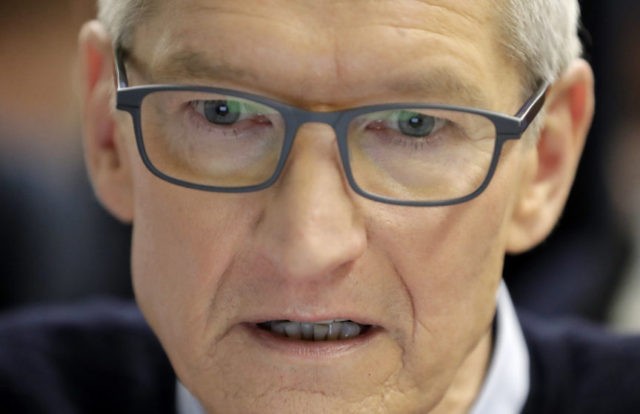According to a recent report, less than 10 percent of American consumers are purchasing $1,000 flagship smartphones from companies like Apple and Samsung.
Ars Technica reports that a recent study from market research group NPD has revealed that fewer than 10 percent of American consumers are spending more than $1,000 on smartphones, which essentially rules out most flagship devices such as the iPhone 11 Pro and the Samsung Galaxy Note 10, which are the most heavily advertised and attention-grabbing devices from manufacturers.
One of the key concerns from NPD is 5G adoption which will likely be unaffordable for the majority of consumers as most of the 5G capable phones being released in 2020 are likely to cost at least $1,000. Many consumers also reportedly stated that the rollout of 5G networks is one of the reasons they’re holding out on excessively spending on new phones. Ars Technica notes that it could be that many of the consumers who could afford to spend $1,000 on phones are waiting for 5G capable handsets to do so.
Ars Technica further notes that the benefits of 5G may vary greatly for consumers by city and region. NPD also found a large disparity in spending habits between cities and locations in its reports. The report claims that Americans in major urban centers such as New York City or Los Angeles were more likely to spend $1,000 on smartphones than those in other areas of America.
Ars Technica writes:
This is speculation on my part, but that geographic disparity could partially explain why flagship phones get significantly more media coverage than other phones; most media professionals are in cities like that.
However, shortage of media coverage on these lower-market phones isn’t that surprising to begin with; there’s not much interesting for press or influencers to say about phones that use two- or three-year-old technologies and work just well enough for most people’s needs but don’t make any waves or innovations. And some companies, like Apple, offer phones at lower price points that used to be high-priced flagships, so they’ve already been covered extensively in their prime.
All of this reporting on the United States is to say nothing about developing countries, which remain the biggest potential growth markets for cell phones because the markets in developed economies are so saturated. Consumers in developing markets may be even more unlikely to spend $1,000 or more on a smartphone.
Ars Technica further notes that budget smartphones do exist, with many extremely cheap Android phones on the market and even Apple’s high-end but older iPhone 8 costing around $500 or cheaper. Regardless, it would appear that the introduction of 5G capable phones may cause a surprising disruption in the spending habits of smartphone buyers.
Lucas Nolan is a reporter for Breitbart News covering issues of free speech and online censorship. Follow him on Twitter @LucasNolan or email him at lnolan@breitbart.com

COMMENTS
Please let us know if you're having issues with commenting.